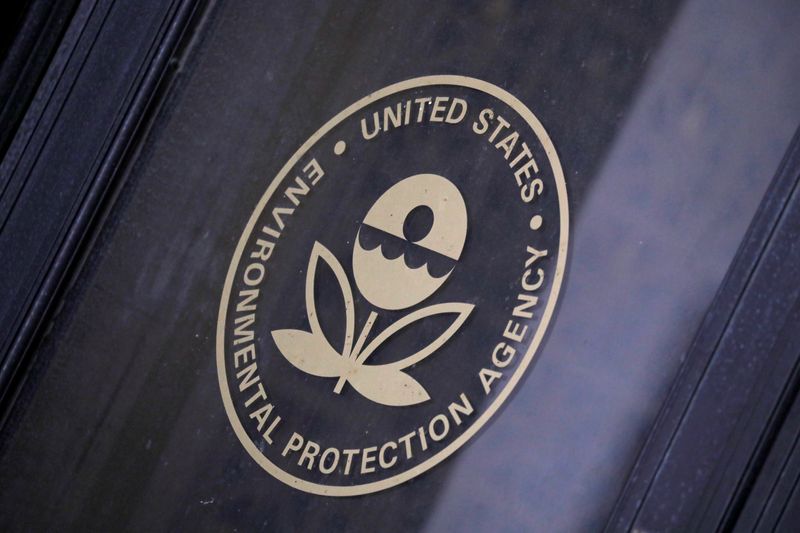By Clark Mindock
(Reuters) – The U.S. Environmental Protection Agency has designated two of the most commonly used “forever chemicals” as hazardous substances under the federal Superfund law, in an effort to clean up properties in the United States contaminated with the toxic substances.
The long-awaited rule will impact companies that use, dispose of or store two specific per- and polyfluoroalkyl, or PFAS, compounds.
Here’s what you need to know.
WHAT DOES THE RULE DO?
The EPA rule issued Friday under the Comprehensive Environmental Response Compensation and Liability Act (CERCLA) requires companies and others to report spills and help pay for cleanup of two PFAS, known as PFOA and PFOS.
PFAS have been used to make thousands of commercial and consumer products, including semiconductors, firefighting foam and stain-resistant fabrics. They are known as forever chemicals because they do not break down easily in the environment or in the human body, and they have been linked to cancer and other health problems.
The chemical industry says PFOA and PFOS have not been produced in the United States for nearly a decade, but environmental groups say they are still used in imported products and produced as industrial byproducts. Superfund designations do not prohibit their use.
CERCLA, also known as the U.S. Superfund law, establishes liability for current and former owners of contaminated properties, as well as for parties that generated or transported hazardous waste.
The law also allows anyone who takes charge of a cleanup to sue others for alleged liability.
WILL FARMS AND HOMEOWNERS BE TARGETED?
EPA officials have said the agency will prioritize enforcement against PFAS manufacturers.
Some farms spread biosolids containing PFAS as fertilizer, but CERCLA generally exempts the “normal application” of fertilizers from liability.
While homes may also be contaminated with PFAS, legal experts say contamination levels are likely too low to spur regulatory action.
The EPA has identified at least 180 existing Superfund sites with PFAS contamination, many of which are military bases where firefighting foam containing the chemicals was sprayed or are landfills where PFAS waste may have been dumped.
HOW DOES THE RULE FIT WITH OTHER PFAS REGULATIONS?
The Superfund designation for PFOA and PFOS is one of the most aggressive EPA regulations of PFAS to date, and officials have signaled plans to continue to step up enforcement.
The new designations follow the EPA’s April 10 decision to set strict limits on the amount of certain PFAS that can be present in drinking water.
The agency previously strengthened the requirement that manufacturing facilities report their use and disposal of PFAS and issued a rule prohibiting companies from using PFAS in new manufacturing processes without EPA approval.
ARE LEGAL CHALLENGES TO THE DESIGNATION OF A SUPER FUND LIKELY?
Legal experts say lawsuits seeking to block the rule will likely be filed by chemical industry groups, U.S. business organizations and possibly public water systems.
Opponents may argue that the rule was drafted without adequate consideration of its costs, which violates administrative law and EPA’s authority under CERCLA.
The American Chemistry Council, the U.S. Chamber of Commerce and the National Association of Manufacturers all expressed concerns about a draft of the rule. The organizations said the designations were too broad, based on flawed scientific analysis and could land virtually every manufacturing sector in costly litigation.
Trade groups representing public water systems also said the rule does not fully take costs into account and that the designations could force them to pay for pollution they did not cause.
HOW ARE THE RULES ADMINISTERED?

CERCLA authorizes U.S. and state governments to treat contaminated sites and later recover costs from responsible parties. Governments can also enter into remediation agreements with site owners, requiring them to lead the remediation.
CERCLA’s cleanup obligations generally cannot be discharged in bankruptcy, and parties can be held liable even if they are not considered negligent.


